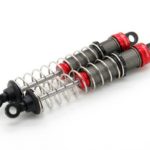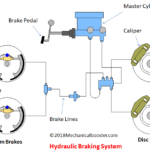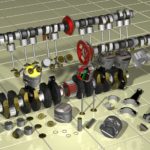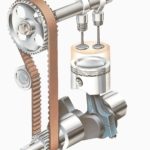Introduction:
Tyres are one of the essential components of an automobile. They provide traction (or contact) with the ground and protect the vehicle from the lift created by aerodynamic drag. In this article, we will discuss the tube and tubeless tyre, their differences, and conclude which one is better. So, let’s get started.
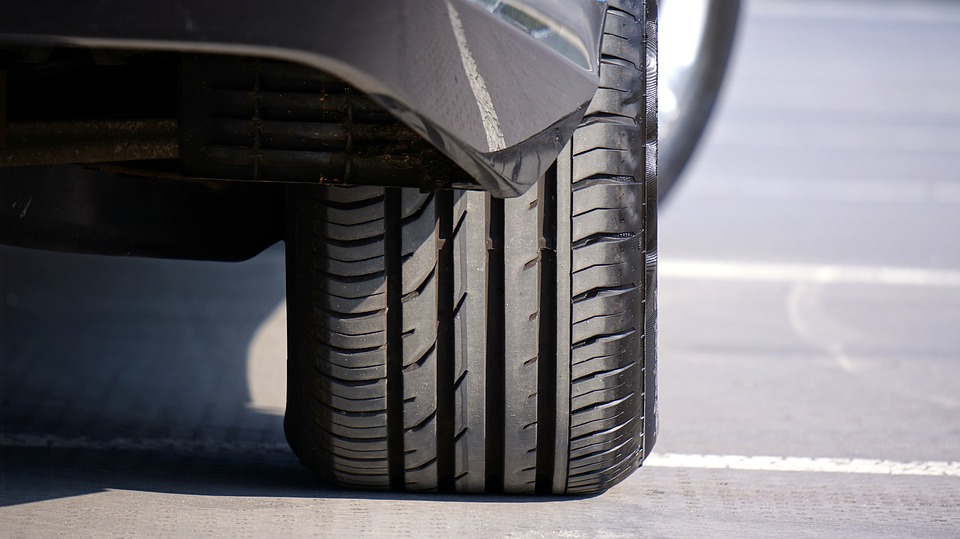
Tubular Tyres:
It is also called sew-up tyres, a combination of tyre and tube, combined all in one piece. The tube is filled with air and has a valve through which air can come inside. Its tyres are prone to puncture and can cause a massive burst of air if find any puncture spot. These puncture spots drive the vehicle to lose control during motion.
Tubeless Tyres:
The construction of tubeless tyres is the same as tubular tyres. The difference is that they don’t have a tube (internal tube) to hold the pressurized air; instead, they are held between the rim of the wheel and the tyre. If there is any hole in the tyre, the air will escape out slowly, and there will be no loss of control during the motion.
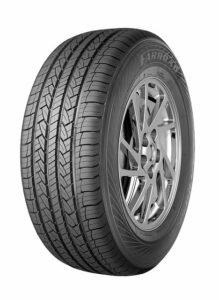
Comparison of Tubular and Tubeless Tyres:
It might be clear from the definition that tubular tyres contain tubes, and tubeless tyres don’t have any tube between the wheel rim and tyre. The question arises of what effect is in performance and other parameters related to the vehicle, which we will answer in this Topic with a detailed comparison.
Also Read:
- How Suspension System Works in Automobile?
- What is Difference Between Petrol and Diesel Engine?
- Difference Between 2 Stroke and 4 Stroke Engines
|
Parameters |
Tubular tyres |
Tubeless tyres |
| Occurrence of Puncture | Puncture can occur and air can escape very rapidly causing vehicles to lose control | Puncture can occur, but air will escape slowly which maintains good control of the vehicle during motion |
| Weight | Heavier than tubeless tyres | Lighter than tubed tyres |
| Cost | Less costly | More costly |
| Maintenance | High maintenance is required because probability of puncture is high | Less maintenance is required as probability of puncture is low |
| Comfort | Less comfortable | Highly comfortable |
| Traction with ground | Less traction with the ground (due to more weight) | More traction with the ground (less weight) |
| Fuel efficiency | Less fuel efficient due to heavy weight | More fuel efficient due to light weight |
| Application | Can be used for Bicycles only | Can be used for all types of vehicles from Passenger vehicles to high-performance vehicles (formula cars) |
Conclusion:
The above discussion has shown us the advantage of tubeless tyres over the tubular tyres, and we hope that you have got a good insight of these by their differences in the term of application and other parameters. We will see more and more tubeless tyres in the future automobile, and tubular tyre technology will not be used in the future. From bicycles to trucks to high-performance vehicles, the first choice for the tyres are tubeless tyres
FAQs:
Q 1: Why Compressed air is used in tyres?
Ans: Tyres are filled with air between the wheel rim and tyre gap, which is needed to maintain constant because gases are infinitely compressible if loads are applied. Compressed air will provide resistance to compression during loading, maintaining the continuous gap between the two-end point.
Q 2: What is the disadvantage of tubeless tyres?
Ans: There are some disadvantages of using tubeless tyres, which include sidewall bursting, Costly to set up in the vehicle, not easy to fit in the wheel rim, Etc., which is to be taken care of while installing the one for your car.



